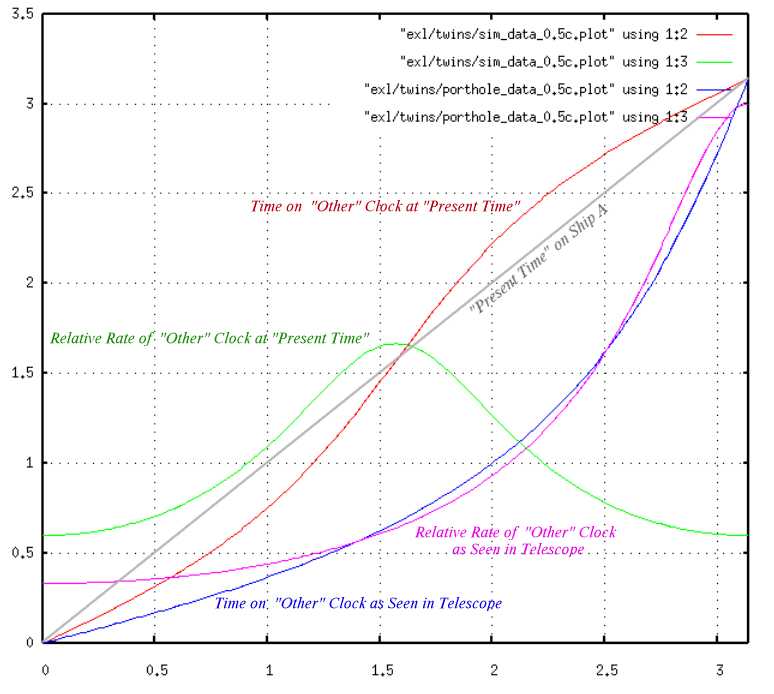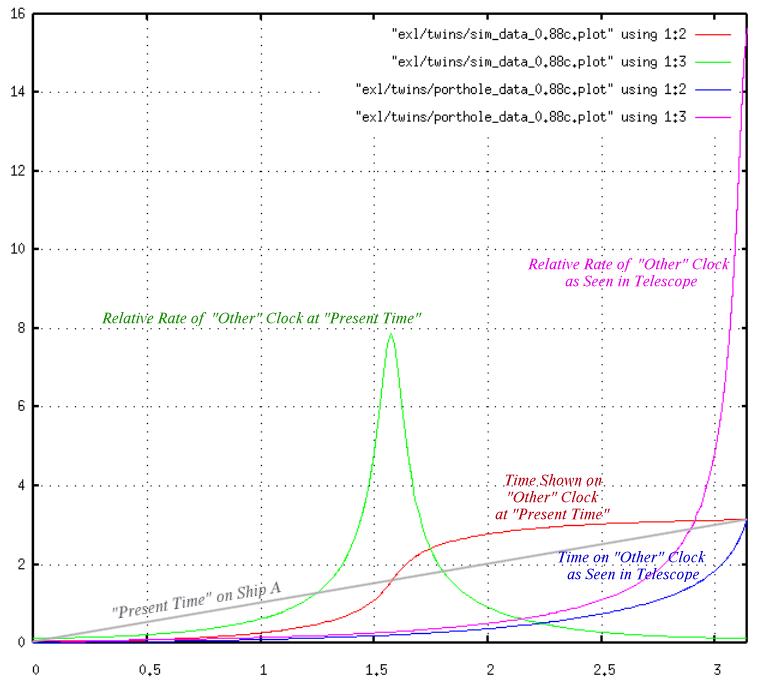
 |
The Counter-Revolving Twins |
Discussion of the Method
Coordinate Conventions
Statement of the Problem and Equations of Motion
The Rotated Coordinate System
Finding Ship B at time τA = 0
Ship B's Clock Rate in A's MCRF
Porthole View: Relative Ship Locations
Porthole View: Relative Clock Rates
Some Graphs of the Results












 |
twins.cxxThe plots were done via direct commands issued in Gnuplot.
twin_solve.cxx
twin_solve.h

